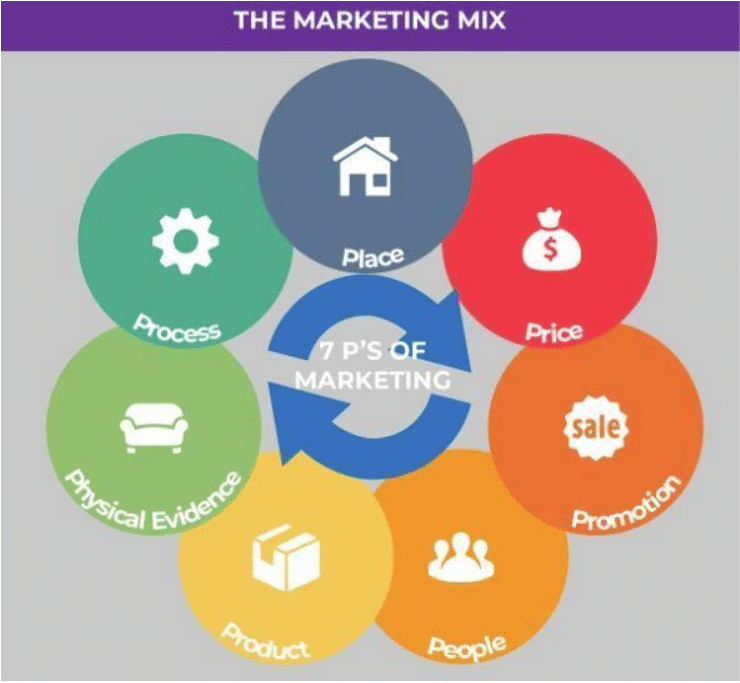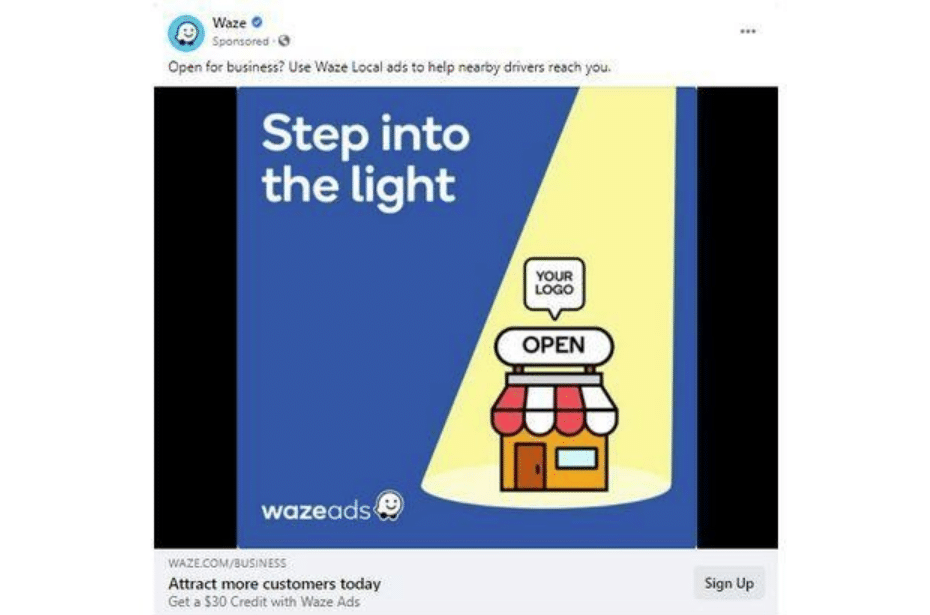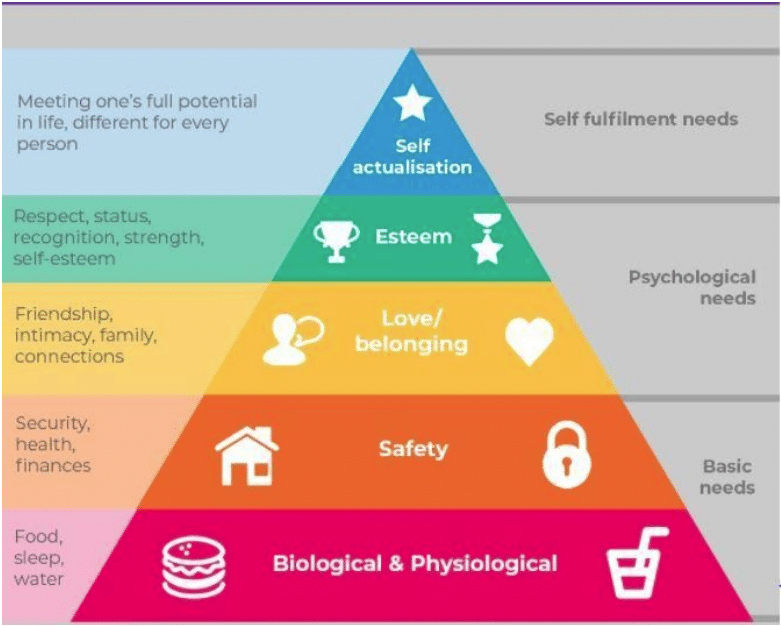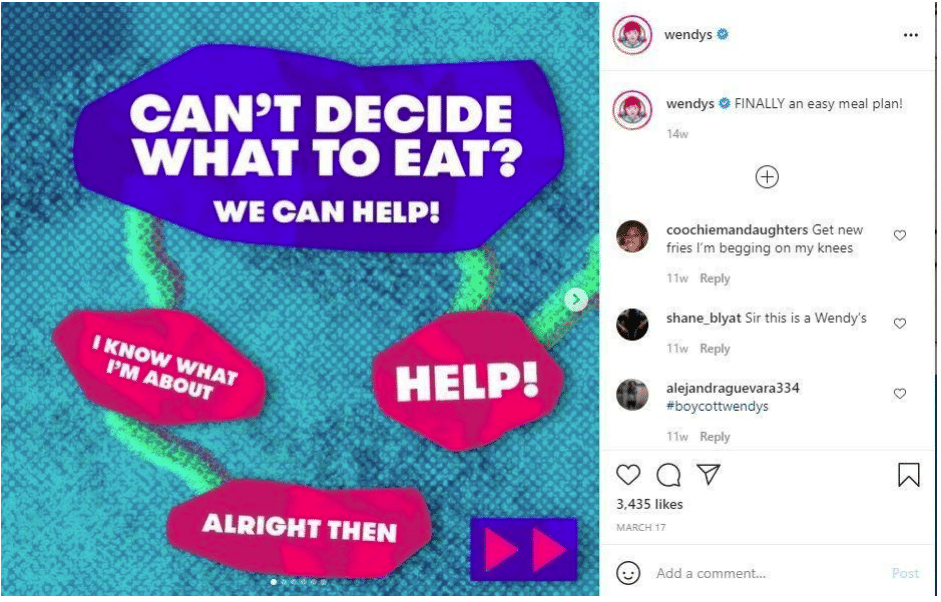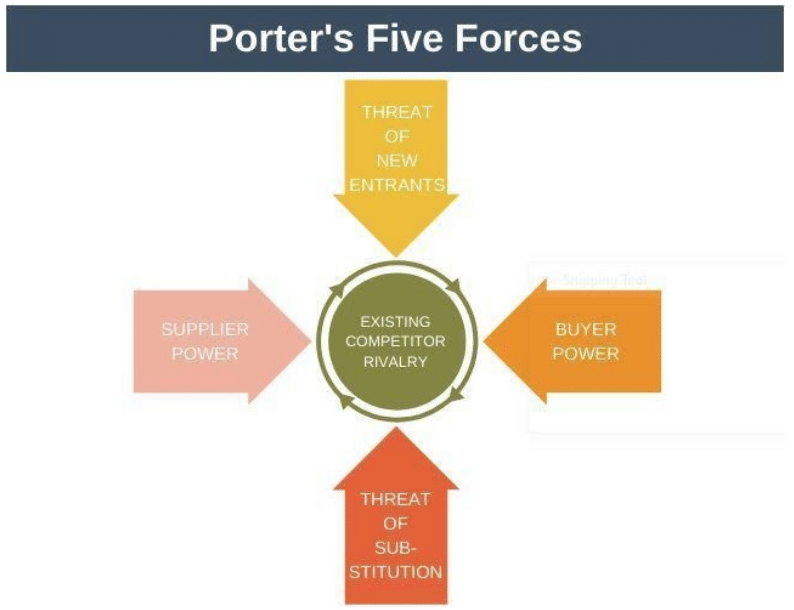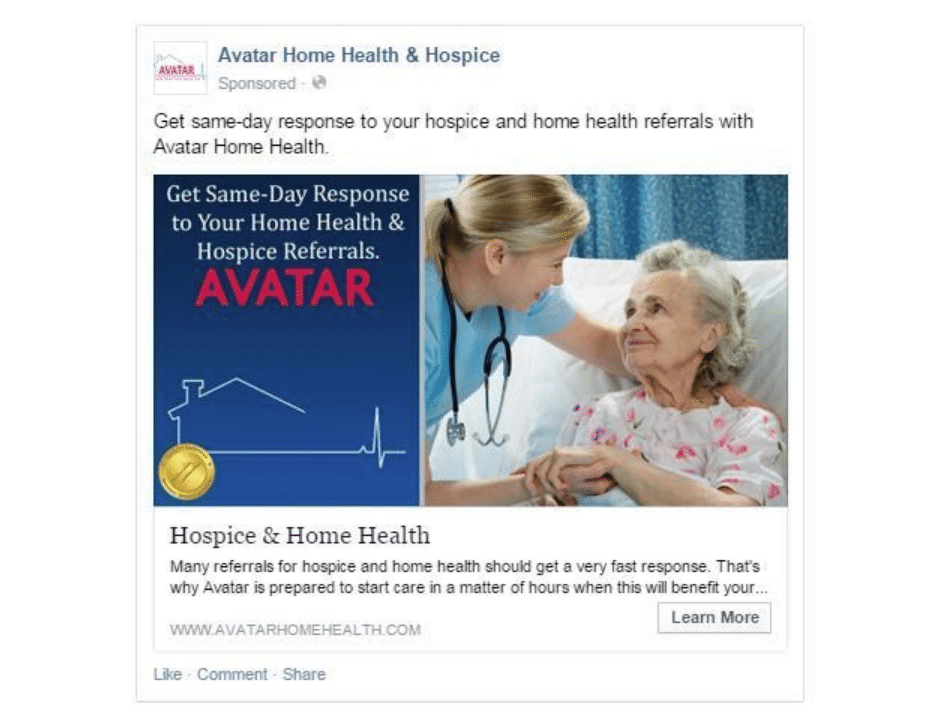A successful social media campaign requires more than just whipping up posts daily. Even with increased social media awareness, 47 percent of marketers find it hard to develop successful social marketing strategies.
Why? That’s probably because of a lack of understanding of core marketing theories:
Source: Sprout Social
Marketing theories give you a deeper understanding of your customers, their needs, motivation, and goals. They also help you understand the market where you’re operating. As a result, you create successful social media campaigns.
Let’s take a deep dive into these six theories in this article.
1. The Seven Ps of Marketing Mix
The 7Ps is a core marketing theory, so it’s not unusual to find several businesses use it as a foundation for their marketing strategy.
The concept started as the 4Ps — product, place, price, and promotion — in 1960. But two academics, Booms and Bitner, expanded the theory in 1981 to include three more elements—physical evidence, people, and processes.
Source: Professional Academy
The 7Ps are the elements around which businesses should structure their marketing campaigns. According to the theory, for your social media campaigns to be successful, you need to tick off at least three of the 7Ps:
- Product: the item being sold
- Place: where you distribute the product
- Price: cost of the product
- Promotion: Marketing, advertising, and sales
- Physical evidence: Proof the product exists
- People: your employees
- Process: How your product is delivered to the consumer
Just to give you an idea, here’s a great example of a social media campaign that incorporates these:
Source: Neon Steve Instagram
For the #SpotifyWrapped campaign, Spotify provided artists with personalized data about how their music performed on the platform. In doing so, Spotify ticked at least four of the 7Ps: the product, place, physical evidence, and promotion.
In other words, use the 7P’s to set your campaign objectives. Then, work out approaches to achieve them.
2. SWOT Analysis
The SWOT acronym stands for Strength, Weaknesses, Opportunities, Threats. These refer to what you have to look at when conducting a comprehensive analysis of your social media campaigns across multiple channels. Your strengths and weaknesses are internal, while opportunities and threats are always external. It’s a research method used all the time in business development.
You need to conduct that analysis before and after the campaign. You want to make predictions about how your campaign will go and check if the conditions are still the same after. That will help you determine if a similar social media campaign will actually work for the same period. In addition to social media campaign, which allows you to involve yourself in the conversations your users are having around your brand, you can also leverage social media to connect with them directly. With a LinkedIn email extractor, for example, you can collect the contact information of highly engaged followers and reach out to them with targeted communications that will positively affect SWOT analysis.
It’s safe to assume that Waze conducted a SWOT analysis during the COVID-19 pandemic to come up with this:
Source: Advertisemint
The Waze’s Facebook ad reflects the opportunity and threats to Waze’s business due to COVID-19. Waze identified the opportunity: It could get more Waze users if it allowed local businesses to advertise on the platform.
The threat, however, could be COVID-19, which has caused many companies to lose money or are slashing their budgets in the first place.
3. Maslow’s Hierarchy of Needs
Maslow’s Hierarchy of Needs is a five-tier model of consumer needs. According to the theory, a person should satisfy one level before proceeding to a higher level.
Source: LinkedIn
Applied to marketing, the theory essentially requires that you gain an understanding of your customer’s needs and then address them to create effective social media campaigns.
That’s exactly what Vivial did:
Source: Vivial LinkedIn
Vivial knows the end-goal of LinkedIn users—professional or career development.
So, its campaign revolves around its offer of a free webinar on digital marketing. With the move, the company promotes its brand and caters to its audience’s needs. Win-Win.
4. Segmenting the Market
Segmentation is not a new concept in marketing. It allows you to create tailored messages to each segment so you increase your chances of them taking your desired action. Should you send a follow-up email that has a friendly tone or a formal one? What should be your email’s subject line? A bad subject line can result in no one even opening your email! You can try out an email subject line generator to craft some eye-catching ones. The results of your segmentation will help you answer these questions.
In social media segmentation, you organize your target audience based on shared characteristics like consumer behavior, demographics, and geographic location. That helps you create social media content that caters to the interests of a specific audience.
See how Wendy’s does it.
Source: Wendy’s Instagram
Wendy’s Instagram campaign is based on the fact that some of the fast-food’s customers want an “easy meal plan.” Note how the social media post looks like, too. It relies more on visuals, which is consistent with what typical Instagram users look for.
5. Consumer Decision-Making Process
Marketers use this theory to understand the motives behind a buyer’s purchasing decision. The decision-making process involves five stages similar to those in a customer marketing funnel: awareness, interest, consideration, purchase, and loyalty.
Your social media content should depend on the consumers you’re targeting and the stage in the marketing funnel they are found. For instance, your content when you’re trying to get your audience to switch to your product should differ from your content when you want to get them to make a purchase.
To illustrate, here’s a LinkedIn campaign from Terminal, a recruitment agency.
Source: Be The Bean
The ad content is very specific. Terminal offers a very niche service for tech companies that need to set up a remote team of engineers to operate efficiently. Everything about the ad takes into account that the company targets these companies that already know what they need, and are therefore hovering around the purchase stage of the decision journey.
6. Porter’s Five Forces
The model examines the many factors that can affect a brand and its social marketing strategy. It is similar to the SWOT analysis method but considers only external issues or threats.
Source: Expert Program Management
When implementing Porter’s five forces for your social media campaign, consider these five threats and act on them:
- Existing competition in the market
- Influx of new entrants/products that might act as alternatives to the services you offer.
- Desires and motivation of your customers to go for those alternatives
- Bargaining power of your suppliers. For example, if you run an aromatherapy store, you’ll need an external supply of jars, spices, and oil. If your product’s packaging is pegged on just one jar packaging company, what happens to your business if they run out of jars?
- Your customers; who determine if your product is too expensive or worth the costs.
The key, then, is to solidify your product’s position as more beneficial than other solutions in the same industry.
Here’s an example from Avatar Home Health and Hospice, a home care provider:
Source: Brazzell Marketing
In the ad, Avatar highlights its same-day response to hospice and home health referrals. That’s less than half the time other homecare providers take.
Conclusion
Social media marketing is a sure-fire way for your brand to succeed. However, you need to establish a strategy that supports your social marketing goals. The marketing theories we discussed can help you do that.
The 7Ps marketing mix and the consumer decision-making theories help you understand customers’ desires and overall business goals. The SWOT analysis and Porter’s Five Forces let you tackle internal and external forces affecting your campaigns. Market segmentation and Maslow’s theory help you understand how to craft effective campaign content.
With a better understanding of your audience and environment, you can build social media campaigns that generate results.



